SUMMARY
This is AI generated summarization, which may have errors. For context, always refer to the full article.
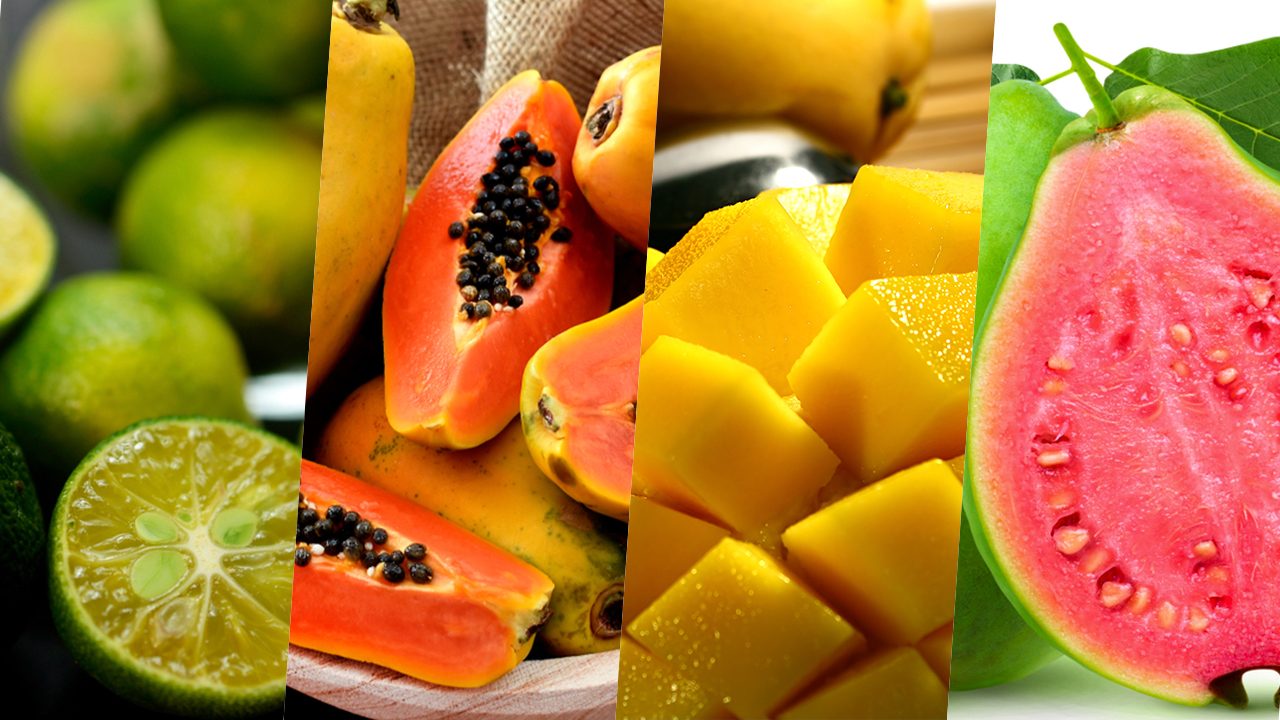
The Philippines isn’t called a tropical paradise for no reason – beaches aside, our country is home to a myriad of native vegetables and local fruits that make healthy eating not only easier, but more delicious, too.
It’s easy to appreciate each fruit’s distinct taste, but its health benefits also deserve a shout-out. Since an apple a day keeps the doctor away (or so they say), we wanted to dive deeper into the nutritional benefits of some of our favorite local fruits and how best to enjoy these gifts from nature.
With the help of health and fitness app REBEL PH’s nutritionist Julianne Malong, here are 10 common Philippine fruits and their health benefits, as well as different ways to incorporate more of them into your daily diet!
Calamansi
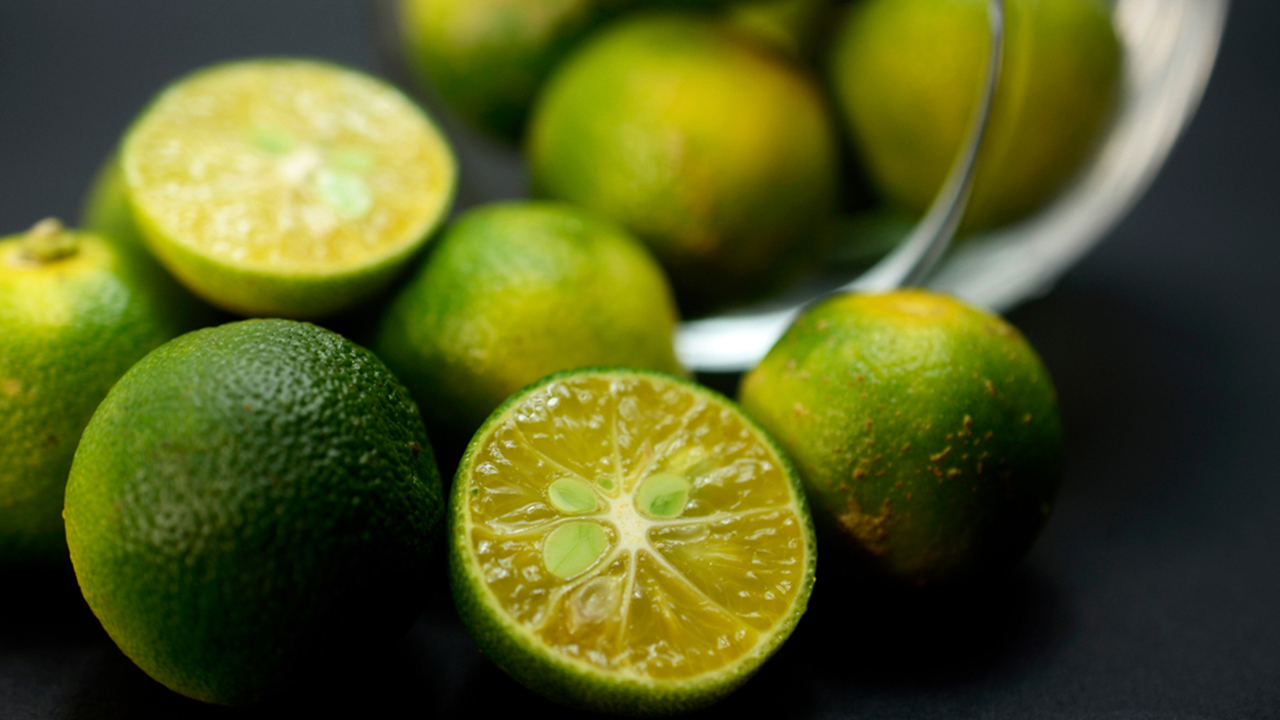
The green-yellow citrus fruit known as “calamondin” or the “Philippine lime” has always been a staple in Filipino and Southeast Asian cooking. Well-loved for its bright, tangy flavor, calamansi plays a very important acidic role in Filipino dishes made from the classic toyo-mansi sauce or marinade. It is also used as a dressing or as its own sawsawan.
Why it’s good for you: Calamansi is rich in Vitamin C, which is known to help support the immune system and fight infections. Vitamin C can also help with collagen production (good for your skin), and help lower blood pressure. Vitamin C also increases the absorbability of iron, which is a vital mineral needed to keep your red blood cells healthy and oxygenated.
Did you know? Julianne said that Vitamin C is actually a water-soluble and temperature-sensitive vitamin, so it can easily degrade during cooking. “Elevated temperatures and long cooking times have been found to cause particularly severe losses of Vitamin C,” she added.
Serving suggestions: If you want to take full advantage of Vitamin C in calamansi, Julianne advises to use freshly-squeezed calamansi juice (not from concentrate) for a cool, refreshing calamansi drink. Feel free to add honey for some sweetness! However, according to Julianne, “drinking hot calamansi juice for health defeats [the] purpose.”
Dalandan
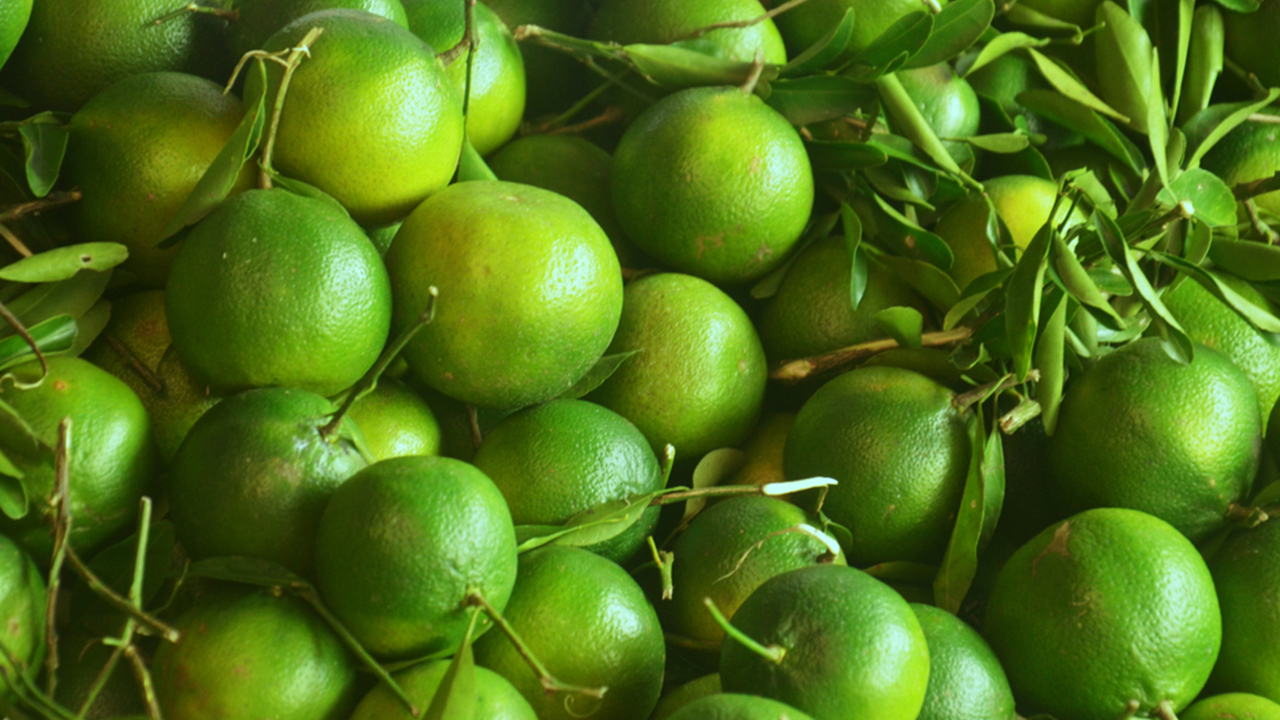
Another citrus family member worth recognizing is our local orange, the dalandan. Dalandan oranges have a sour and mildly sweet flavor profile; as the fruit matures, its sweetness becomes stronger.
Why it’s good for you: Dalandan contains flavonoids, natural compounds that have anti-inflammatory effects that help calm our immune systems in times of stress and disease. Flavonoids are rich in antioxidants, which can help your body flush out toxins.
Serving suggestions: Dalandans are best consumed fresh – out-of-hand or juiced. Just remove the seeds, slice, and toss into salads or a buddha bowl, and you’re dalan-done! They also make for a versatile souring agent for various dishes and desserts.
“Consider making dalandan cream pasta, and dalandan sorbet for your next family brunch,” Julianne suggests.
Mango

The popular mango is well-loved by many for many reasons – the soft, fleshy fruit can be sweet, sour, or both; and have many culinary and nutritional applications at every stage of ripeness.
Why it’s good for you: Raw mango is rich in both vitamins C and B, and get even richer in these vitamins when it is fully ripe. “B-complex vitamins are important for energy processing and for maintaining healthy cells, especially those in the brain and nervous system,” Julianne said.
Did you know? When fully ripe, mangoes become very high in simple sugars. “Although it is a natural food, we need to consume only one cheek of the fruit per serving to keep our blood glucose levels healthy,” Julianne said.
Serving suggestions: When unripe, firm, and very tangy, mango can be used as a souring agent for stews or soups, or can be sliced and eaten with bagoong or fermented as burong mangga. Both unripe (green) and ripe (yellow) mangoes are great for refreshing smoothies.
Banana

No wonder Pinoys go bananas over this fruit – this tropical country staple is affordable, accessible, delicious, and rich in benefits. Banana is a starchy, sweet, and fleshy fruit that’s easy to eat and is “amazing for fueling before, during, and after workouts,” according to Julianne.
Why it’s good for you: One medium-sized banana can provide 1/3 of our vitamin B6 needs per day. “Vitamin B6 plays an important role in regulating mood and managing depression. It also exerts protective effects against anemia, Alzheimer’s, heart disease, cancer, and macular degeneration,” Julianne said. Bananas also have potassium, which is good for muscle cramps.
Did you know? As a banana ripens, its carbohydrate content changes. Julianne said that bananas that are less ripe have more complex carbs, compared to a very ripe, super soft banana which has more simple carbs. “This means that very ripe bananas create greater surges in blood glucose levels,” she said.
Serving suggestions: Bananas are known for their sweet flavor, which is a good contrast to savory Filipino stews and soups like pochero and nilaga. Saba bananas are also used in the arroz ala cubana dish.
As a local snack, bananas are usually prepared as the sugary banana fritter maruya, turon, or banana cue. “A more modern application is to freeze it then puree the frozen banana into a vegan ice cream,” Julianne said. Bananas are also delicious in smoothies, also because of their creamy texture.
Guava
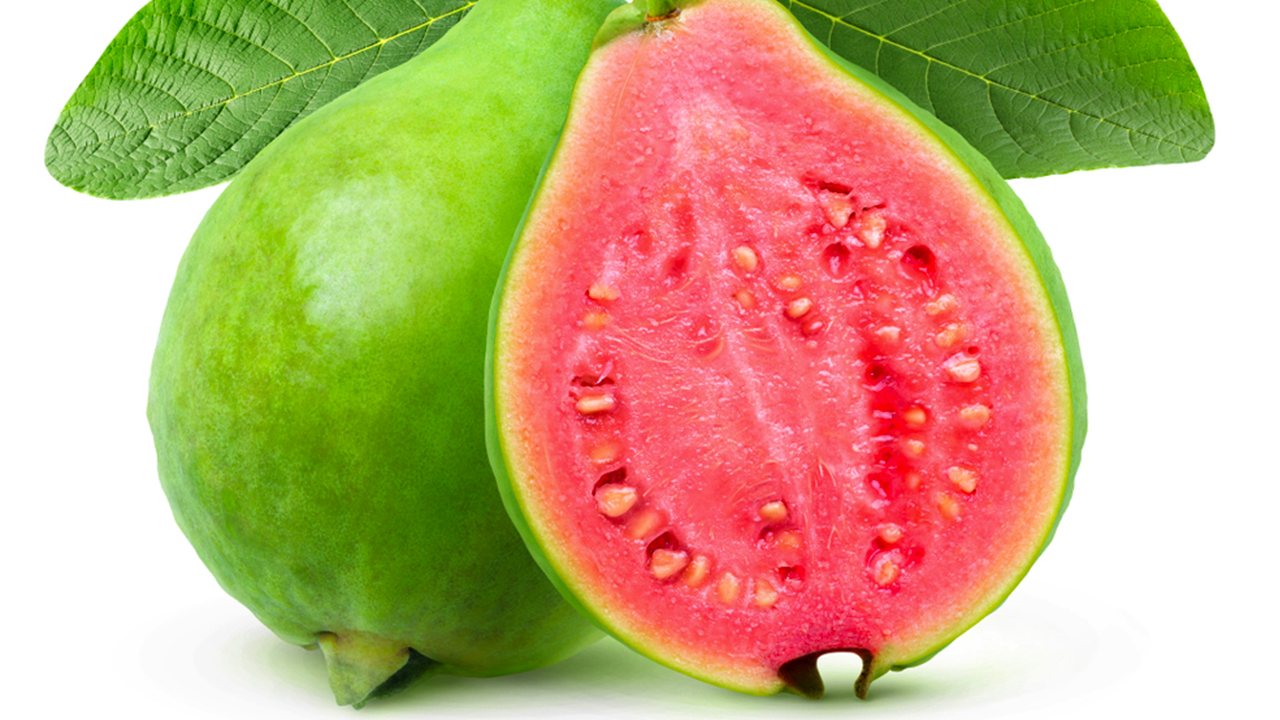
This beautiful tropical fruit is slightly crisp on the outside, but soft on the inside, with crunchy edible seeds and edible skin, which are both very high in fiber content.
Why it’s good for you: Guava is high in potassium and Vitamin C; it’s even said to contain up to 4x more Vitamin C than oranges per serving. The immunity-boosting fruit is also rich in antioxidants, which help protect and regenerate the cells of the skin, as well as slow down skin aging and damage due to exposure to sun, stress, and a poor lifestyle.
Did you know? “You can probably do away with your Vitamin C supplement if you consume 100 grams of guava per day,” Julianne said.
Serving suggestions: “There’s a sweet spot with guavas when they’re perfectly crisp and just slightly sweet that you can wash, slice, and eat them straight,” Julianne said. Others use guava as a souring agent for sinigang or enjoy it as a refreshing juice drink.
Papaya

Papayas are a soft, fleshy, and orange-red fruit that can be used in different ways – when it’s ripe, it’s perfect as a sweet dessert; when it’s unripe and still green, its subtle flavor is perfect for Filipino veggie dishes and soups like tinola.
Why it’s good for you: “Papaya contains the pigment zeaxanthin that is important for protecting our eyes from blue light. It also inhibits macular degeneration,” Julianne said.
Did you know? Julianne said that when making papaya shakes, do not add milk. “Papaya contains enzymes that break down proteins into individual amino acids and amino acids are bitter in taste, so your smoothie will not taste good.”
Serving suggestions: Green papaya is is used as a vegetable that’s perfect for stir-fry, ginataang, or ginisang dishes. Ripe, sweet papayas are best eaten chilled, by itself, or as part of a salad or smoothie.
Avocado

It’s all you avo wanted from a fruit – the famous avocado is creamy in texture, buttery in taste, versatile in use, and rich in nutritional benefits.
Why it’s good for you: The greenish-yellowish fleshy fruit contains 77% of fat – but don’t worry, it’s the good kind! It’s unsaturated, healthy fats, which are good for heart health and cholesterol levels. Unsaturated fats also contain high amounts of fat-soluble Vitamin K that’s important for blood clotting and bone building.
Did you know? “Avocados and coconuts are not listed under the fruit category in dietary exchange lists. They are instead listed under the fat category, alongside plant oils, bacon, and butter,” Julianne said.
Serving suggestions: In the Philippines, avocados are typically enjoyed sweet and creamy – either as a chilled pudding, shake, ice cream, or with sugar and condensed milk. Others also enjoy the avocado in savory dishes, like in guacamole or avocado toast.
Pomelo
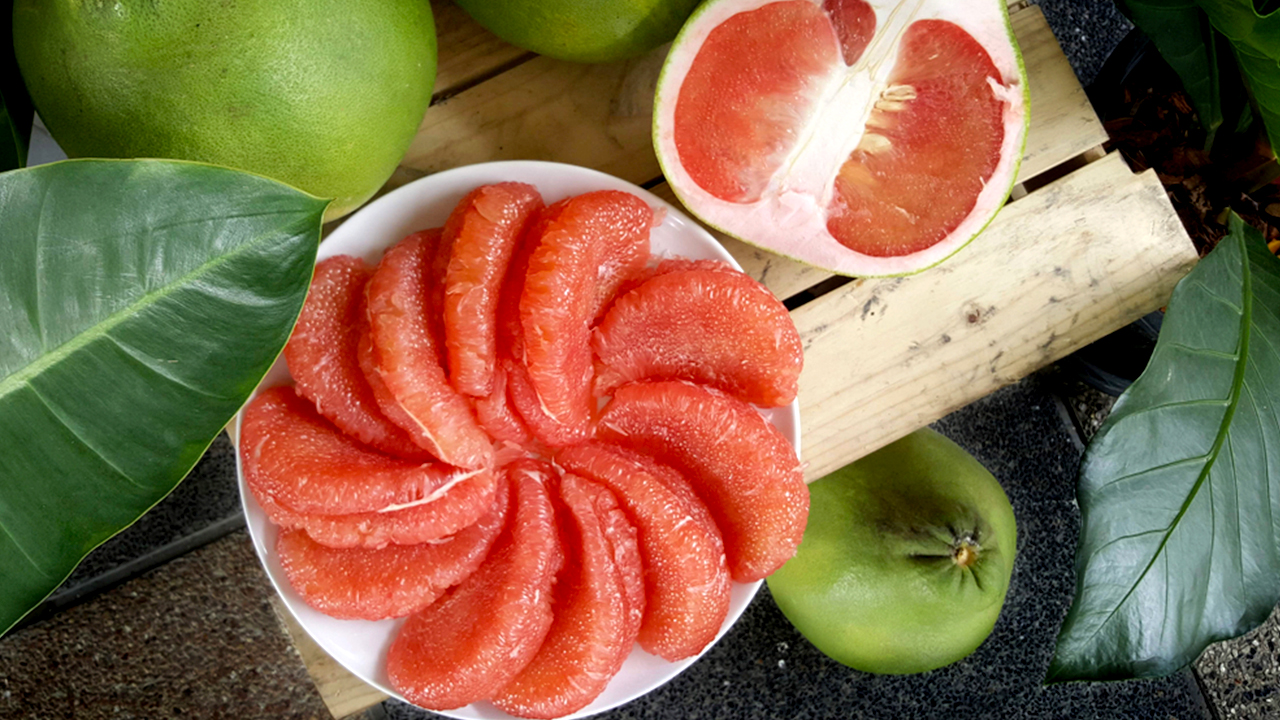
Sometimes called a sweet grapefruit, the pink pomelo is commonly consumed and used for festive occasions throughout Southeast Asia. It’s enjoyed in slices and are juicy, soft, sweet, and a tad sour. Davao, as well as other provinces in Mindanao, are known to produce the sweetest and juiciest pomelos in the Philippines.
Why it’s good for you: A peeled pomelo (about 21 ounces) can provide 32% of your need for copper in one day. Copper, which is found in all body tissues, is important in the recycling of iron in the body, which keeps us healthy by providing adequate red blood cells and better energy. It also helps our body form collagen and absorb iron better.
Serving suggestions: Pomelos are best eaten raw, added into salads, or juiced. Julianne said that it is best to consume it immediately after it has been opened to prevent moisture loss.
Jackfruit
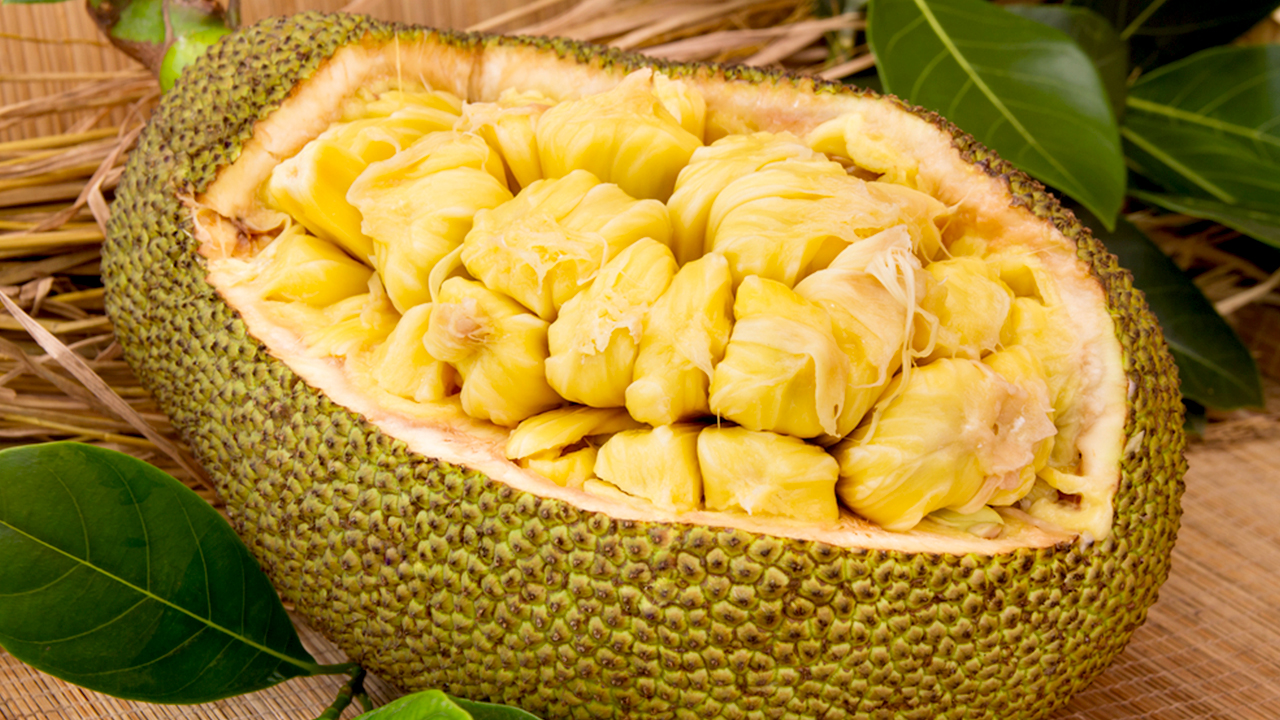
The large, spiky jackfruit, also known as langka, is known for its thick, yellow, aromatic chewy flesh and edible seeds and pods. “The flesh has a sweet, distinctive flavor, which some describe as a cross between banana and pineapple,” Julianne said.
Why it’s good for you: A cup of jackfruit provides a hefty amount of 739 mg of potassium (adults need at least 2000 mg per day). Fruits that contain potassium can help manage blood pressure by reducing the negative impact of sodium. “Having high sodium levels can increase the risk of high blood pressure. In healthy people, potassium lowers this risk by helping the body remove sodium. It also helps manage blood pressure by relaxing the walls of the blood vessels,” Julianne added.
Did you know? According to Julianne, one out of four Filipinos have hypertension – high blood pressure – because most Filipinos consume four times more sodium than the recommended intake, since processed foods contain high amounts of sodium but low amounts of potassium. Potassium gets lost in food processing.
Serving suggestions: Unripe jackfruit is usually cooked as a vegetable, like in ginataang langka or as faux meat, since its fibrous texture can mimic meat quite well. Its flavor also becomes very subtle when unripe.
Ripe jackfruit is usually eaten raw or used in while ripe jackfruit can be eaten raw, boiled, or may be used for desserts, like in halo-halo or turon.
Watermelon

The juicy, refreshing pakwan is not only packed with water (good for hydration) and sweet flavor, but also with a lot of nutrients, and contains very few calories.
Why it’s good for you: Watermelon makes for a very healthy snack, because it is very low in calories. A cup of diced watermelon provides the calories equivalent to 1/4 cup of rice. According to Julianne, fresh watermelon is a better source of lycopene than tomatoes!
“Lycopene is a powerful antioxidant with many health benefits, including sun protection, improved heart health, and a lower risk of certain types of cancer,” she said. Cool tip: Frozen watermelon slices are also useful for soothing the discomfort of teething infants!
Serving suggestions: Watermelon is best eaten fresh, but this fruit can also make great smoothies when frozen, or even be made into a refreshing juice. It has also been added to sinigang for a modern, sweet twist. – Rappler.com
In the mood for something fruity? Purchase fruits from pandamart using these vouchers.
Add a comment
How does this make you feel?

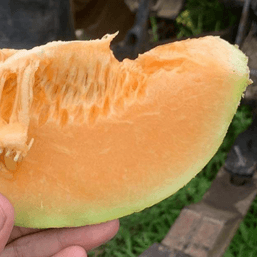
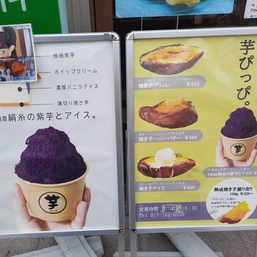
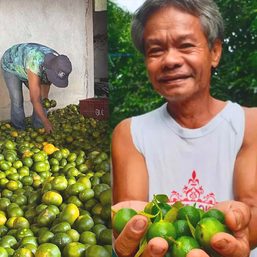
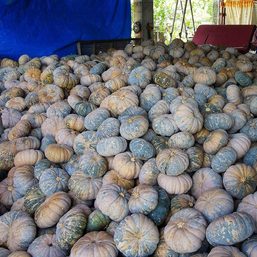
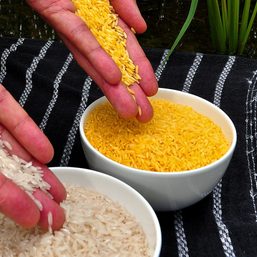
There are no comments yet. Add your comment to start the conversation.